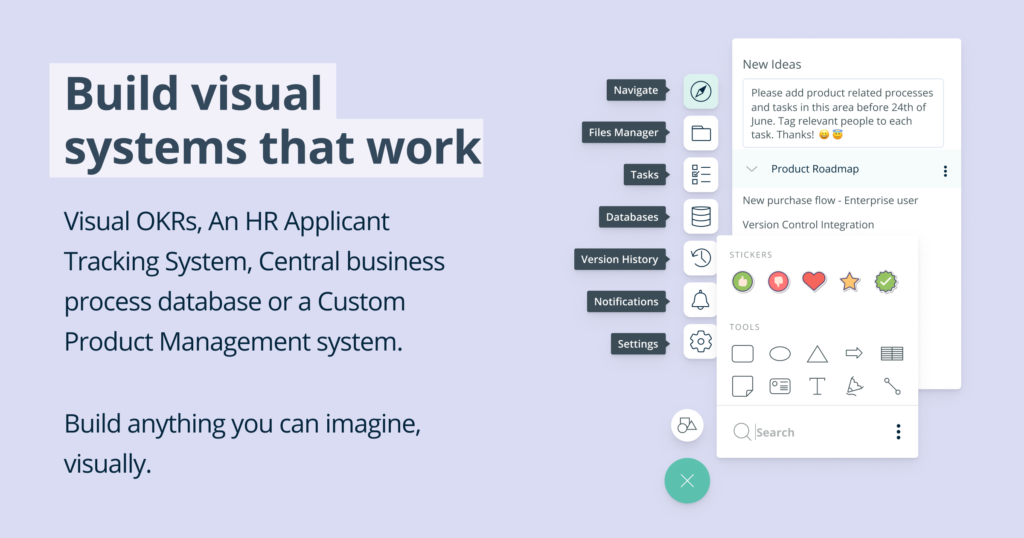A BUSINESS IS LIKE A TREE, WHERE YOU PLANT IT – MATTERS.
INTRODUCTION
We’ve all heard the metaphor about the seed that when it is planted and nurtured it will grow into a beautiful tree, haven’t we? I would like to take one step back by looking at the importance of the environment you choose to plant your tree in, in the first place.
Whether a business is already established or still just an idea, we can learn a great deal from nature when starting or progressing through the process of building a successful business.
When we take care to assess where a tree has been planted or will be planted, we effectively also assess how strong and large the tree will be able to grow.
Although it is important how well a business is being operated on the inside, it is at least just as important to understand it by looking at the business in terms of what is on the outside.
It is recorded that in 1967, Harvard professor Francis Aguilar published the PEST Analysis technique in his book, Scanning the Business Environment in order to enable business analysts and business consultants to assist their clients in getting a holistic big picture of the environment the business they are analysing is operating within.
There are a number of variations to the PEST Analysis technique (see diagram templates for these techniques here) such as the PESTLE, STEEPLE, SLEPT and so forth but ultimately each of these techniques is analysing the external environment of a business and how it influences the decisions made about business growth and its future successes. All of these techniques focus on the macro environment of a business and considers factors such as the Political, Economic, Technology and Socio-cultural aspects.
 Another perspective was introduced by Michael E. Porter, in 1979 who introduced an analysis framework called the Five Forces analysis which specifically focuses on the micro-environment of a business. Factors considered by this analysis includes looking at the Customer, Competitors and Suppliers in relation to the business itself. It brings insights into how much the profitability of a business is affected by these factors.
Another perspective was introduced by Michael E. Porter, in 1979 who introduced an analysis framework called the Five Forces analysis which specifically focuses on the micro-environment of a business. Factors considered by this analysis includes looking at the Customer, Competitors and Suppliers in relation to the business itself. It brings insights into how much the profitability of a business is affected by these factors.
Each of these techniques considers a number of factors when looking at the external business environment or eco system both at a macro and a micro environmental level.
Without getting too technical or academic, I have outlined some key aspects and questions every business analyst or business consultant should consider when analysing the external environment of a business. These are not intended to be complete or fully formed but rather just to give the reader a flavour of the types of questions to ask by using different variations of the PEST and Five Forces Analysis.
As a side note, here is a really good diagramming tool that provides templates to create all of the above diagrams: Creately.com or LucidChart.
#1 WHO IS IN THE BUSINESS’S ENVIRONMENT?
“When a tree is planted in a new environment, it is important to understand which fauna and flora already exists in that environment so that you can protect or support the tree in its years of establishing itself and growing alongside the pre-existing inhabitants of its environment.”
In a similar way, as a business analyst or business consultant, it is important to understand who else is operating within the business environment you are analysing.
Competitors – how many competitors are operating in the business environment? How strong is this business in relation to them? Do they compete directly with this business’s products or services or do they offer substitute products and services? Is it easy for new competitors to enter this business’ market?
Customers – are customers seeking this business out or does the business need to actively look for their customers in their environment? Is the customer solving a big problem for themselves with the business’ products or services or are these products and services an occasional luxury for the customer? What more can this business do to delight them or where else should they go to find them?
Suppliers – what bargaining power does the business have with their suppliers? Are they readily available to supply this business with products or services or is the business in a position where they need to search for and negotiate with the suppliers?
The next consideration a business analyst or business consultant should incorporate into their external environment analysis is to look at the macro-environmental factors that exist.
#2 WHAT IS THE CLIMATE LIKE?
“You wouldn’t plant a succulent in a high rainfall area, because it might drown as a result of all the rain…”
Similarly you wouldn’t start a business in a location, physically or metaphorically in an environment that wouldn’t allow it to flourish.
Political – what influence does the macro political environment have on this business’ operations and ongoing growth potential? How many regulations do they have to consider to operate and what happens if the political landscape changes?
Economic – will changes in the economic conditions of the business environment play havoc on the business profitability or is this business protected in some way from fluctuations in the economy? Is the business’ product or service linked to economic measures like inflation or interest rates or is the business of a type that remains largely unaffected in terms of customer spend regardless of the economic climate?
 Technological – is the business in a situation where it is being overtaken by new disruptive business models enabled by technology in the market place or is this business proactively taking advantage of technology to grow the business? What technology are they able to utilise to grow the business footprint or external environment?
Technological – is the business in a situation where it is being overtaken by new disruptive business models enabled by technology in the market place or is this business proactively taking advantage of technology to grow the business? What technology are they able to utilise to grow the business footprint or external environment?
And then a rather essential ingredient to the external environment analysis of any business today, is the level of engagement with the community of customers in the form of providing valuable services or products.
#3 WHAT VALUE DOES THE BUSINESS PROVIDE?
“A healthy growing tree provides shelter and food to everyone around it. Every tree in nature has a purpose in the overall circle of life. It might provide shade, food, strength to the soil or simply the essential absorption of CO2 and provision of oxygen to everyone around it. It does this inherently.”
What value does the business provide to the environment and how do the customers respond to that?
Socio-cultural – is the business in good repute with their customers and are they responding to the value this business provides in a positive way? What else can this business do to support their customers and the lives they live?
“When the tree receives enough sun, rain and healthy soil, it gives the tree roots the chance to grow deep and wide, the best chance to grow to its full potential.”
By understanding the micro and macro business environment of a business well, it has the best chance, – even in an imperfect environment – to adapt, change and develop to ensure optimal growth and future success.
Start creating amazing business charts (SWOT, PESTLE, Five Forces, PEST and much more): Use Creately.com






